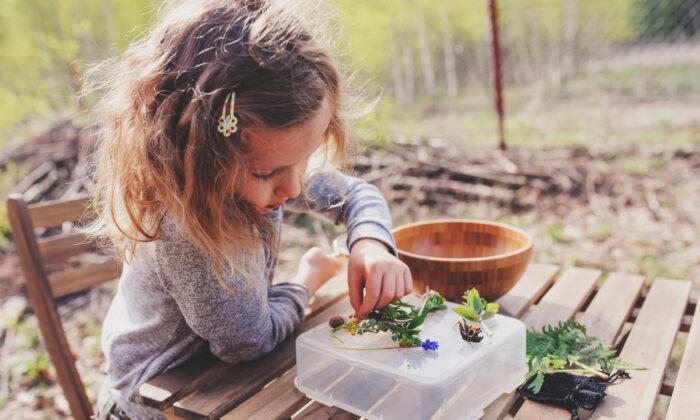Starting out as a new homeschooling parent can be both exciting and overwhelming. Some are thrilled to finally take the reins and hit the ground running. Others have no idea where to begin and wish that someone would just tell them what to do.
The thing is, there is no one correct way to homeschool. The possibilities are many. That is, of course, an enormous blessing, but can also be overwhelming. When you can do just about anything, you may end up doing nothing at all.
Step 1: Check Your State’s Regulations
Each state in the United States has its own regulations for homeschoolers. Some require a number of things from parents and some require almost nothing. Know what will be required of you and take note.Step 2: Deschool
Deschooling is the act of shaking off and letting go of the many notions, assumptions, and beliefs that have been impressed upon you and your children about learning and education by school. Especially if your children are exiting the public school system (including if they’ve been doing virtual school recently, which bears no resemblance to homeschooling), you’ll want to spend some time deschooling, whether that’s a few weeks or a few months.How? Spend your days enjoying each other’s company, playing, diving into activities that interest your children, reading aloud, making and crafting, and generally doing the things your children are naturally inclined to do when they don’t “have school.”
Step 3: Map Out Your Calendar
While deschooling, it’d be a good time for you to take a look at your calendar. Decide how many weeks of school you’ll complete in the coming year and when you’ll take breaks throughout the year.Start a list with each numbered week running down the left-hand side of the page, along with the date each week begins on. Whenever you think of something you’ll want to include in your homeschool during the year, fill it in on your list. For example, if before Veterans Day you want to study the history of the holiday, pencil that in as a reminder.
Step 4: Find Curricula
As a new homeschooler, you may be tempted to dive into all of the possible subjects that could enrich the lives of your children. Good for you. Don’t do that.First, focus on two subjects: math and language arts. These are fundamental for understanding other subjects, and what standardized tests focus on.
Step 5: Aim for Rhythm
Before your first day, try to envision a daily rhythm that would be lovely, enjoyable, productive, and easy to maintain for your family each day. Generally think through what your morning, lunchtime, afternoon—including how you'll wrap up the school day—and evening will look like.For example, a daily rhythm with children under age 11 might look like this: Early morning: Wake up, get ready, do chores, eat breakfast, meet at the couch for morning read-aloud. Late morning: Math lesson, short break, language arts lesson Lunch Afternoon: Freestyle (project time, free crafting, free reading, free writing, extra time to finish morning work, nature walk, play outside, etc.) End of school day: Clean up Extracurricular activities or free time Dinner Bedtime
Step 6: Begin to Homeschool
Start really slow. Make the first day a fun one where you introduce how this is going to work, hand out fun new school supplies, and throw a party in celebration of your newfound freedom.Step 7: Don’t Give Up
At some point, you may feel like giving up. You’ve embarked on the road less traveled and it can be bumpy sometimes. You’ll likely doubt your ability to carry on, to teach your children, and to not totally ruin their lives. This isn’t an easy path.Step 8: Customize
Soon, experience will dictate what you need more or less of in your homeschool. At some point, you’ll probably feel ready to add in history and science, art and music, and whatever subjects would be just right for your children. Gradually add or subtract what you think you should.Each passing year, you’ll probably find your homeschool looking different than the last. You’ll probably be amazed at how much you learn right alongside your children. At some point, you’ll look back on your past understanding of school and wonder how you were ever convinced that it was the best way to educate your children. When you see this, you’ll be a full-grown homeschooler and you’ll be so happy you are.






